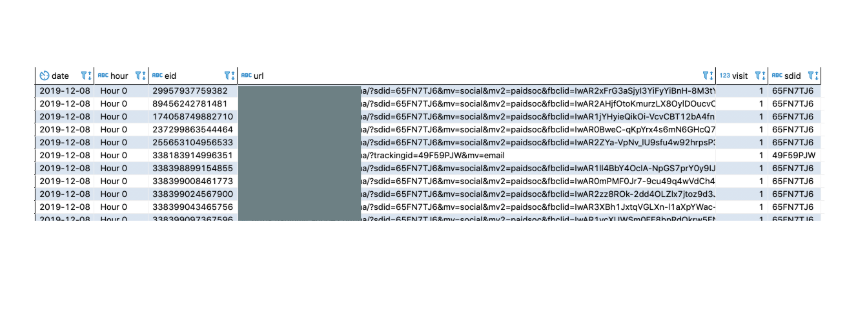Perhaps more than any other field, marketing, especially digital marketing, revolves almost entirely around data. This makes it a rich and rewarding business to support as an analyst or a data scientist, as the volume and utility of data can be incredibly high, increasing the need and the scope of potential projects for the analytics professional.
Marketing data has some important pitfalls, however, that can de-rail Marketing analytics programs:
- Marketing data is siloed across numerous sources from ad platform, social, and click-stream data to CRM and CDP data.
- Integrating click-stream and marketing data is challenging without a cohesive tagging and tracking strategy that’s understood by both the analytics team and the marketing team. Integrating sales and marketing data, especially in B2B, is rarely done correctly.
- Marketing teams have nearly a dozen different ways to measure marketing performance, meaning creating dashboards and analysis is challenging.
In this article, I’ll explain the 3 critical skills that will enable you to overcome these pitfalls.
1. Working with APIs
SQL and data manipulation skills aren’t going to be enough to effectively get all the data you’ll need to measure marketing programs — unless you want to manually download excel spreadsheets every day. You’ll need to learn how to code with REST APIs to automatically pull ad platform/click-stream/and other marketing data.
The biggest lie that you may have been told is that you need to be a developer to work with APIs. The truth: you don’t. Here are a couple of tips and tricks that will get you 80% of the way there:
- Read my article on How to Pull Data from An API Using Python Requests_. _This article reviews how to use the Python requests package to pull email data from the Microsoft Graph API. The methods in that article will extend to working with Ad Platform APIs like the Facebook Graph API or Linkedin Ads API.
- Learn the PYODBC package. PYODBC allows you to write SQL statements and work with your database using Python. I use PYODBC to insert the data pulled from various APIs into a database.
- Use Postman. Postman is a GUI application for working with APIs. Postman allows you to enter values into a GUI and interact with APIs in a drag/drop/click format. once you’ve successfully pulled your data in Postman, you can export the API call in Python and then place that code snippet into your script.
- If you don’t want to deal with any coding, and you have spare budget to work with, I recommend using either Stitch or Xplenty. These are ETL platforms that have built-in integrations with most major APIs, allowing you to move data into your database without any code. The downside to these platforms is the cost — but if you have the budget I highly recommend these as an alternative to maintaining ETL pipelines.
2. Understanding of Web Analytics, Clickstream Data, and Tagging
It’s more than likely that your website is the primary place you send traffic and clicks with your marketing campaigns. Subsequently, to tell a complete marketing story you need to understand web analytics, clickstream data, and how that data ties to the ads you are creating.
Here’s a simple example of some raw click-stream data:

You can see there is a timestamp, a unique identifier, the URL, and an SDID column that contains the unique campaign identifier from the URL tracking parameters (The tracking parameters are the values after the ‘?’ in the URL).
When campaigns are created in an ad platform (Facebook, Linkedin, Twitter, etc.) — information from those campaigns or ads needs to tie back to the URL where traffic is being directed. This typically happens with URL tracking parameters, but you’d be surprised how many marketing teams are either a) not tagging anything, or b) tagging ads inconsistently or incorrectly. Any discrepancy between tagging and analytics is going to mean huge gaps in the data that you are trying to collect, which will make it extremely challenging, or impossible to effectively measure marketing campaigns.
#analytics #data-science #business #marketing #marketing-technology #data analytic
